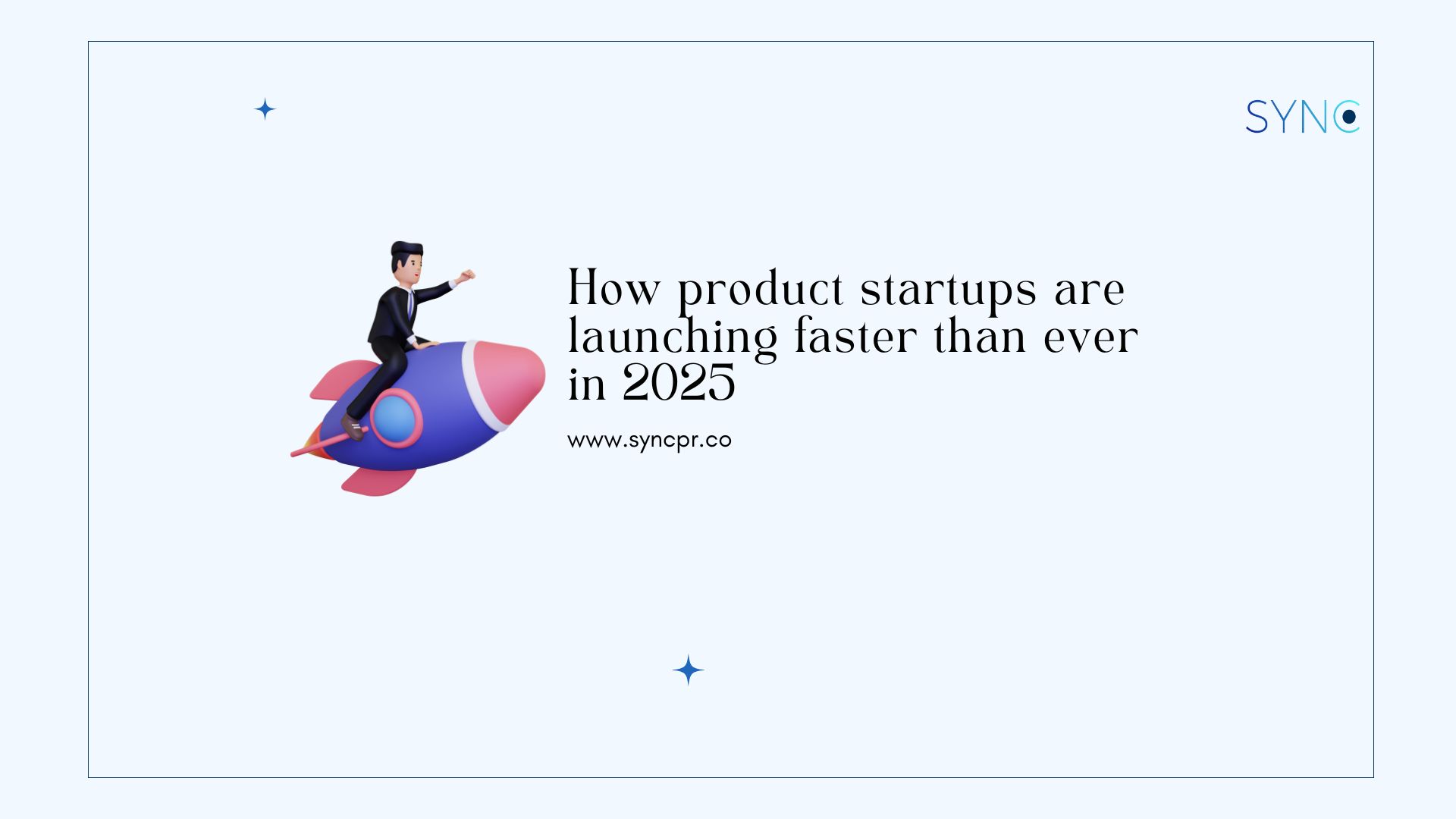In 2025, startups are finding new ways to shorten their launch timelines. From idea to shelf, the process has become faster, leaner, and more focused. One example: the skincare market alone is projected to reach $151.3 billion in 2025, showing steady demand for consumer products.
This kind of consistent growth reflects a broader trend. Startups in wellness, personal care, and related categories are under more pressure to launch quickly and stay adaptable. Rather than following slow, traditional models, new businesses are streamlining how they build, test, and scale. The following sections explore what’s helping them move faster—and why speed now matters more than ever.
Testing ideas before building
Many new companies today prefer to check their idea before building anything big. Instead of spending time and money upfront, they use basic versions to see if people are interested. This helps avoid waste and get useful feedback early on. By knowing what works, teams can focus on what matters.
This method also gives room for changes. If something doesn’t get a good response, it’s easier to shift plans. Startups now see value in learning quickly, even if that means failing early. The goal is not to build a perfect product at once but to create something that people actually want. This approach saves both effort and time in the long run.
Speeding up manufacturing timelines
Making products used to take a lot of time. Now, many companies are choosing faster ways to get things done. They work with partners who offer small runs, shorter waits, and more control. This helps them avoid delays and move forward without big upfront costs.
This is common practice in skincare, health, and beauty items. These areas often need custom formulas and flexible options. For example, startups that worked with rainshadow labs highlight that the company offers scalable manufacturing, in-house R&D, and ready-to-launch solutions that help reduce lead times. These services give founders the speed and flexibility needed to move from concept to shelf faster than traditional production models allow.
Creating without full tech teams
Startups today don’t always begin with large technical teams. Many are using a lean process to scope their core offering first before they spend money on complexity. They are focusing more on setting up features and workflow early on, so they can get the idea across efficiently before they even start building. That’s how they get partners or capital without upfront coding.
Instead of diving headfirst into product creation, founders prioritise what actually needs to be done and where help will be needed. It’s not just time-saving—it’s wiser construction. With less stress on hiring employees up front, startups can move forward with more shape and fewer mistakes.
Fast-track branding and promotion
Branding today is more focused and practical. Startups often begin with the basics—choosing a clear name, defining their purpose, and building a simple visual style. These core elements help them stay consistent as they grow and share their message. The aim is clarity, not complexity. A clean logo, product explanation, and short value message are enough to start.
It is not an afterthought in the process of launching. Small updates, behind-the-scenes notes, or waitlist invites are shared by startups to generate interest while they build. Early exposure provides them with feedback on their audience and can help them better modify launch plans based on actual feedback.
Launching with pre-sales or waitlists
Waitlists and pre-orders are increasingly entering the picture during preliminary planning in the early stages. Contrary to producing without orders, the startups employ these tools to pre-calculate interest prior to mass production. It makes supply planning easier and waste minimisation, particularly with low-stock models.
It also enables one to track how individuals respond to offers, prices, and product features. Startups discover what consumers do before taking giant strides. In fast-paced markets like skincare or wellness, this kind of knowledge can determine what gets made—and what doesn’t.
Small teams doing big things
Lean teams now focus on flexibility and speed. They would rather hire freelancers or part-time experts who can do tasks such as product testing, design, or shipping. This allows startups to be fast-moving without developing overheads that they cannot sustain in the long run.
It’s structure, not numbers, that distinguishes these teams. With fewer meetings and less red tape, decisions are quicker. There are defined roles, and people understand what they have to do. It’s a move away from increasing headcount toward increasing output—one task, one milestone at a time.
Conclusion
More startups are now finding value in launching with less and learning faster. The attention has turned away from becoming big and toward becoming brilliant. With fast cycles, lean teams, and adaptive approaches, new brands are achieving speed that is well-suited for today’s marketplace. This shift is allowing them to develop steadily while remaining capable of making adjustments.

